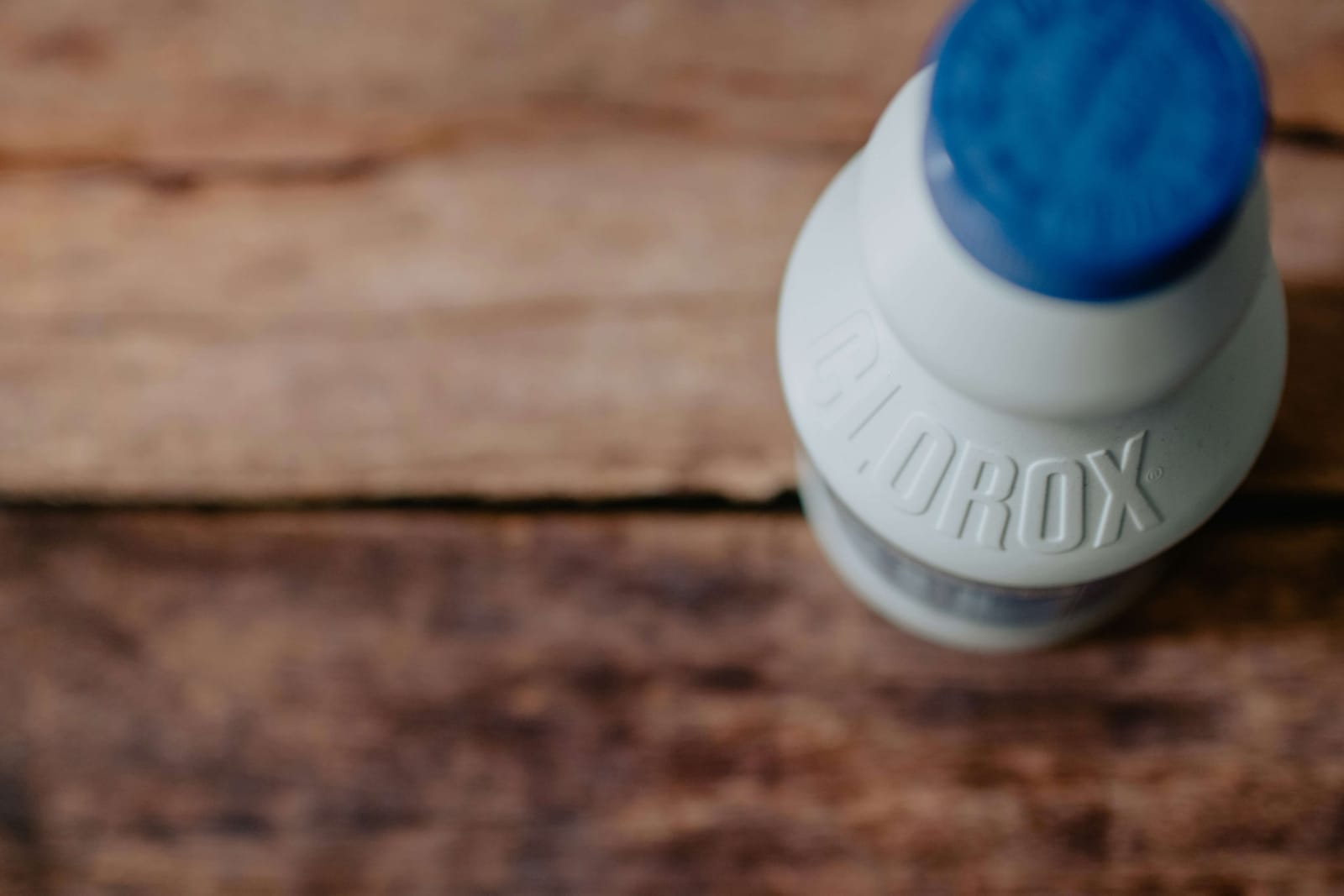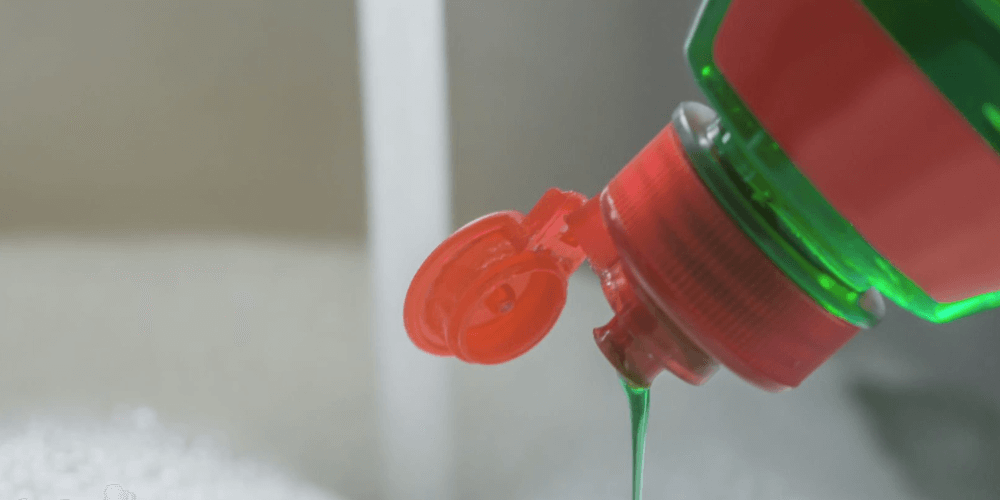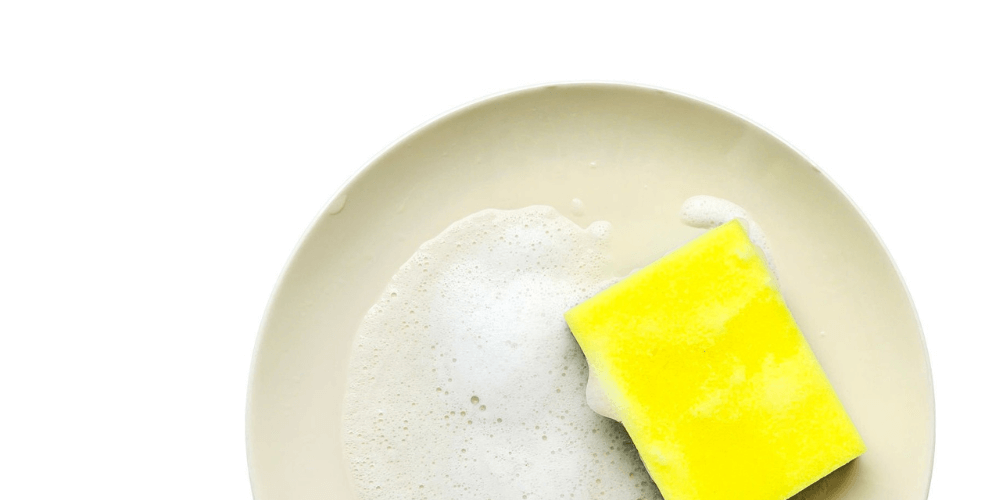In a world where reducing plastic waste has become a top priority, beeswax wraps have gained traction as an eco-friendly alternative to plastic wraps. But how sustainable are they, really? To answer this, we need to look at the lifecycle of beeswax wraps—from the sourcing of materials to their disposal—and evaluate their overall impact on the environment. Here’s everything you need to know about their sustainability and how they compare to conventional food storage solutions.
1. The Ingredients: Sourcing Matters
Beeswax wraps are made using a combination of natural materials, typically including:
- Organic Cotton: The fabric base of beeswax wraps, organic cotton is more environmentally friendly than conventional cotton due to reduced water consumption and the absence of synthetic pesticides.
- Beeswax: Sustainably sourced beeswax is essential to the wraps’ effectiveness, providing their characteristic tackiness and breathability.
- Tree Resin: Often harvested from pine trees, resin helps increase the wraps’ flexibility and stickiness.
- Plant Oils (e.g., Jojoba Oil): Oils such as jojoba or coconut oil enhance the wraps’ moldability and extend their lifespan.
When sustainably sourced, these ingredients significantly reduce the environmental footprint of beeswax wraps compared to synthetic alternatives.
Sustainability Factor:
- Organic cotton farming helps minimize soil degradation and water usage, but it’s important to support brands that use certified organic cotton.
- Beeswax sourcing should ideally come from local or certified beekeepers who practice sustainable apiary methods to protect bee populations.
2. Production Process: Minimal Environmental Impact
The production of beeswax wraps involves coating the cotton fabric with a melted mixture of beeswax, tree resin, and plant oils. Unlike the energy-intensive processes required to manufacture plastic wrap, producing beeswax wraps is relatively low-impact.
- Low Energy Use: Heating and applying the wax mixture requires far less energy than plastic manufacturing, which involves the extraction and processing of petroleum-based materials.
- Chemical-Free: Beeswax wraps are made without harmful chemicals, reducing pollution and health risks associated with conventional plastic production.
Sustainability Factor:
The production process of beeswax wraps has a minimal carbon footprint compared to plastic wrap and other petroleum-based alternatives. Choosing brands that prioritize local sourcing further reduces emissions.
3. Usage: Reusability Equals Reduced Waste
One of the most significant sustainability advantages of beeswax wraps is their reusability. With proper care, a single wrap can be used for up to a year or more.
- Plastic Wrap: Single-use plastic wrap contributes to millions of tons of plastic waste annually.
- Beeswax Wraps: Reusable for dozens or even hundreds of uses before disposal, beeswax wraps drastically cut down on the waste associated with food storage.
How to Extend Their Lifespan:
- Clean with cool water and mild soap to avoid damaging the beeswax coating.
- Store in a cool, dry place away from heat sources.
- Rewax the wraps as needed to restore their effectiveness.
By switching to beeswax wraps, you can significantly reduce household plastic waste, making a tangible impact on the environment.
4. Disposal: What Happens at the End of Their Life?
A major concern with many food storage products is what happens when they are no longer usable. This is where beeswax wraps truly shine.
- Compostable: Beeswax wraps can be cut into small pieces and added to a compost bin, where they will naturally break down into organic matter.
- Fire Starter: Old wraps can be repurposed as fire starters for barbecues, fireplaces, or campfires.
- Biodegradable: Even if not composted, beeswax wraps will naturally decompose in a landfill, unlike plastic, which can take hundreds of years to break down.
Sustainability Factor:
Unlike plastic wrap, which persists in the environment and contributes to pollution, beeswax wraps offer a zero-waste disposal option that aligns with eco-friendly living.
5. Comparing Beeswax Wraps to Plastic Wrap
To fully appreciate the environmental benefits of beeswax wraps, it’s important to compare them directly to plastic wrap.
| Aspect | Beeswax Wraps | Plastic Wrap |
|---|---|---|
| Production Impact | Low energy, minimal emissions | High energy, oil extraction, and pollution |
| Reusability | Reusable for 6-12 months | Single-use only |
| Chemical Use | Natural materials, chemical-free | Petrochemicals and additives |
| Disposal | Compostable, biodegradable | Non-biodegradable, long-lasting pollution |
| Waste Reduction | Reduces household waste over time | Contributes to landfills and ocean waste |
The comparison makes it clear: beeswax wraps not only reduce waste but also minimize the environmental impact throughout their lifecycle.
6. Are There Any Sustainability Drawbacks to Consider?
While beeswax wraps are significantly more eco-friendly than plastic alternatives, they are not without limitations:
- Cotton Farming Impact: Although organic cotton is better for the environment, its production still requires water and land resources.
- Bee Population Concerns: Unsustainable beeswax sourcing can potentially harm bee populations if not properly managed.
- Limited Lifespan: While they are reusable, beeswax wraps will eventually need to be replaced, unlike more durable silicone covers.
How to Address These Drawbacks:
- Support brands that source beeswax responsibly and promote sustainable beekeeping practices.
- Look for certifications like GOTS (Global Organic Textile Standard) for organic cotton.
- Extend their lifespan by following proper care and maintenance tips.
7. Sustainability Tips for Using Beeswax Wraps
To maximize their eco-friendly potential, here are some tips for using and disposing of beeswax wraps:
- Rotate Your Wraps: Use multiple wraps in rotation to avoid overusing and wearing out one wrap too quickly.
- Rewax to Extend Life: When wraps lose their stickiness, rewax them using melted beeswax to restore their effectiveness.
- Compost Responsibly: Ensure the wraps are composted in an appropriate setting where organic materials break down properly.
8. Final Thoughts: A Step Towards Sustainable Living
Beeswax wraps offer a compelling alternative to plastic wrap, reducing environmental impact through sustainable materials, reusable design, and eco-friendly disposal options. While they have minor sustainability challenges, these can be mitigated by choosing high-quality products and maintaining proper care.
By making the switch to beeswax wraps, you’re not only cutting down on plastic waste but also supporting sustainable sourcing practices that benefit the planet. Small choices like this can lead to significant positive changes for the environment.



